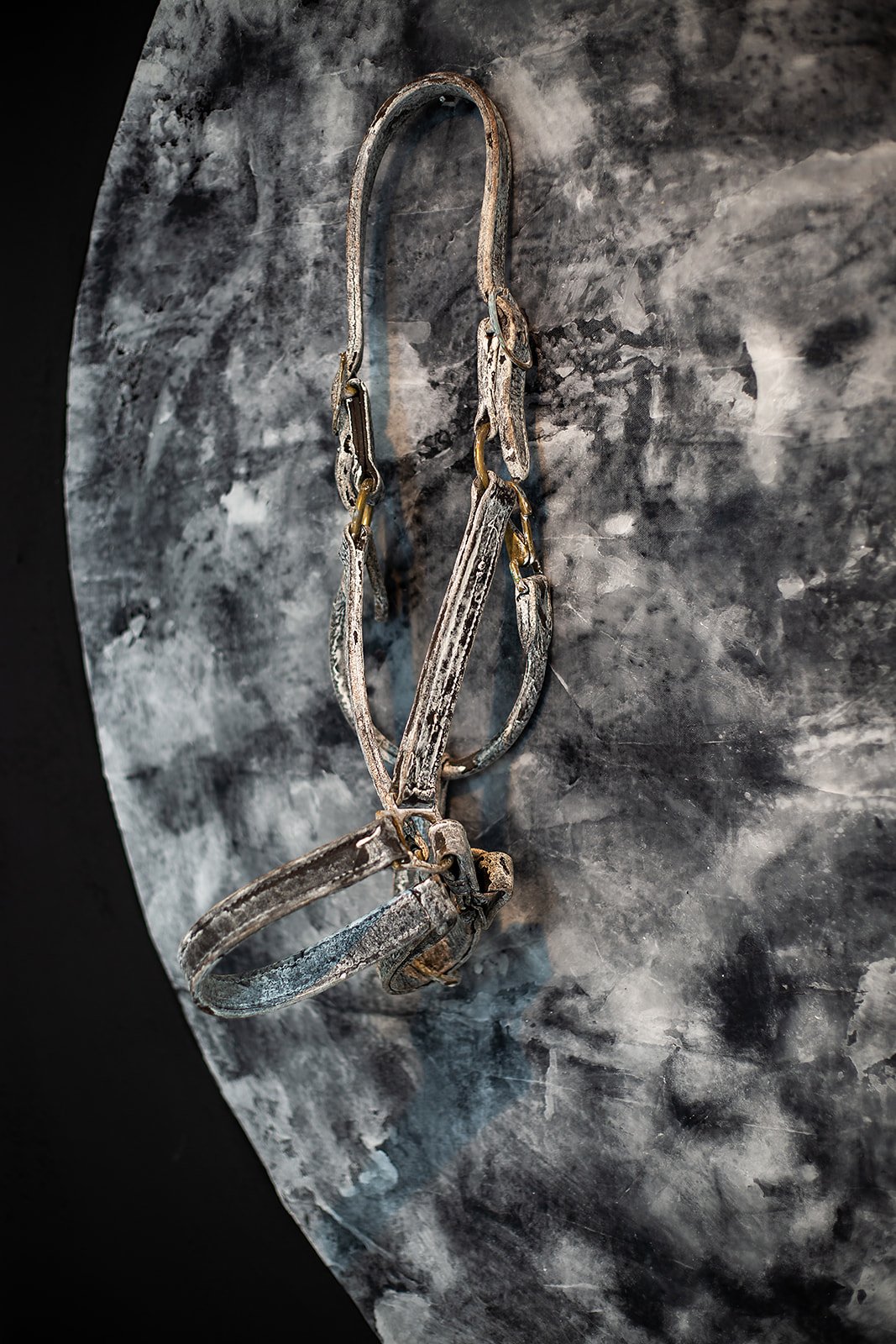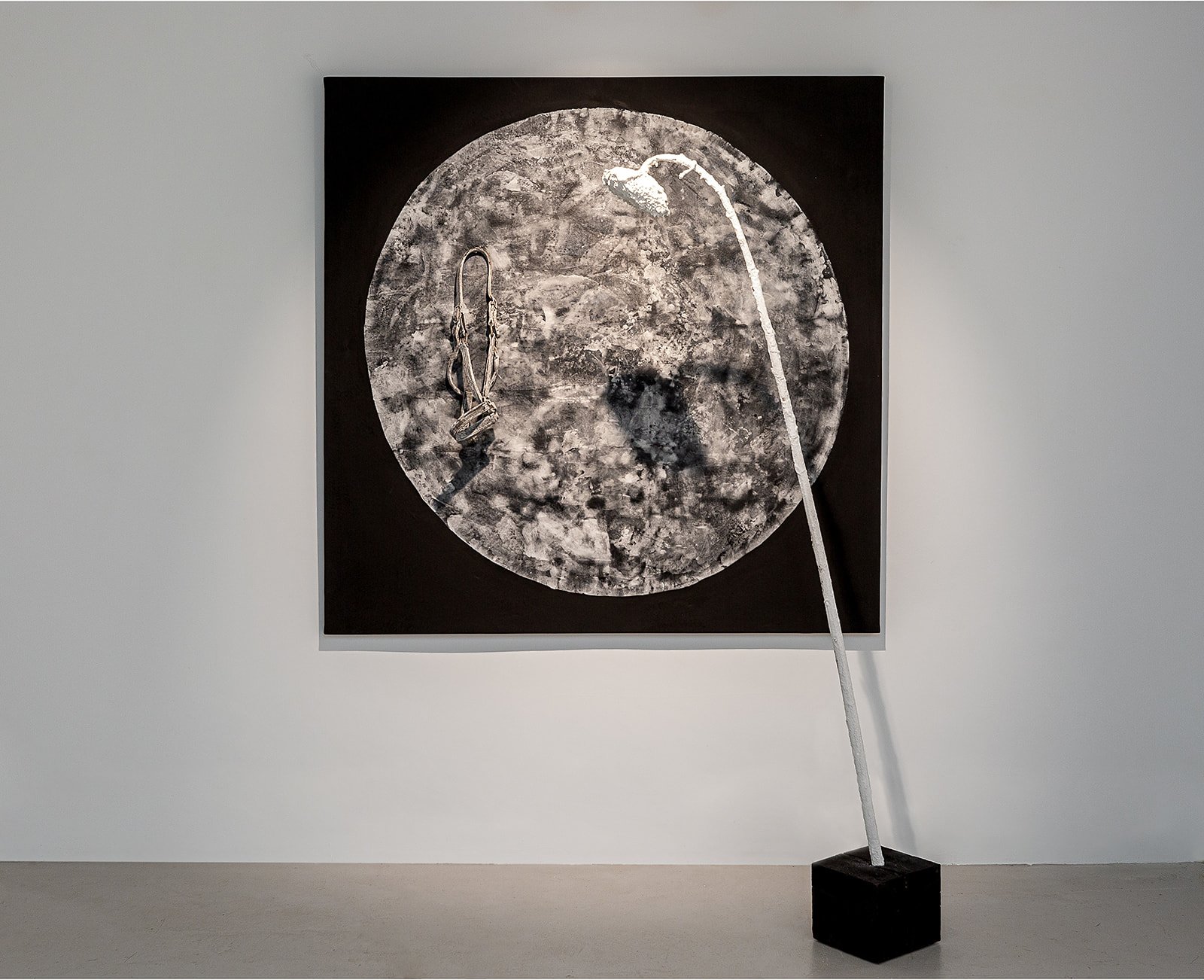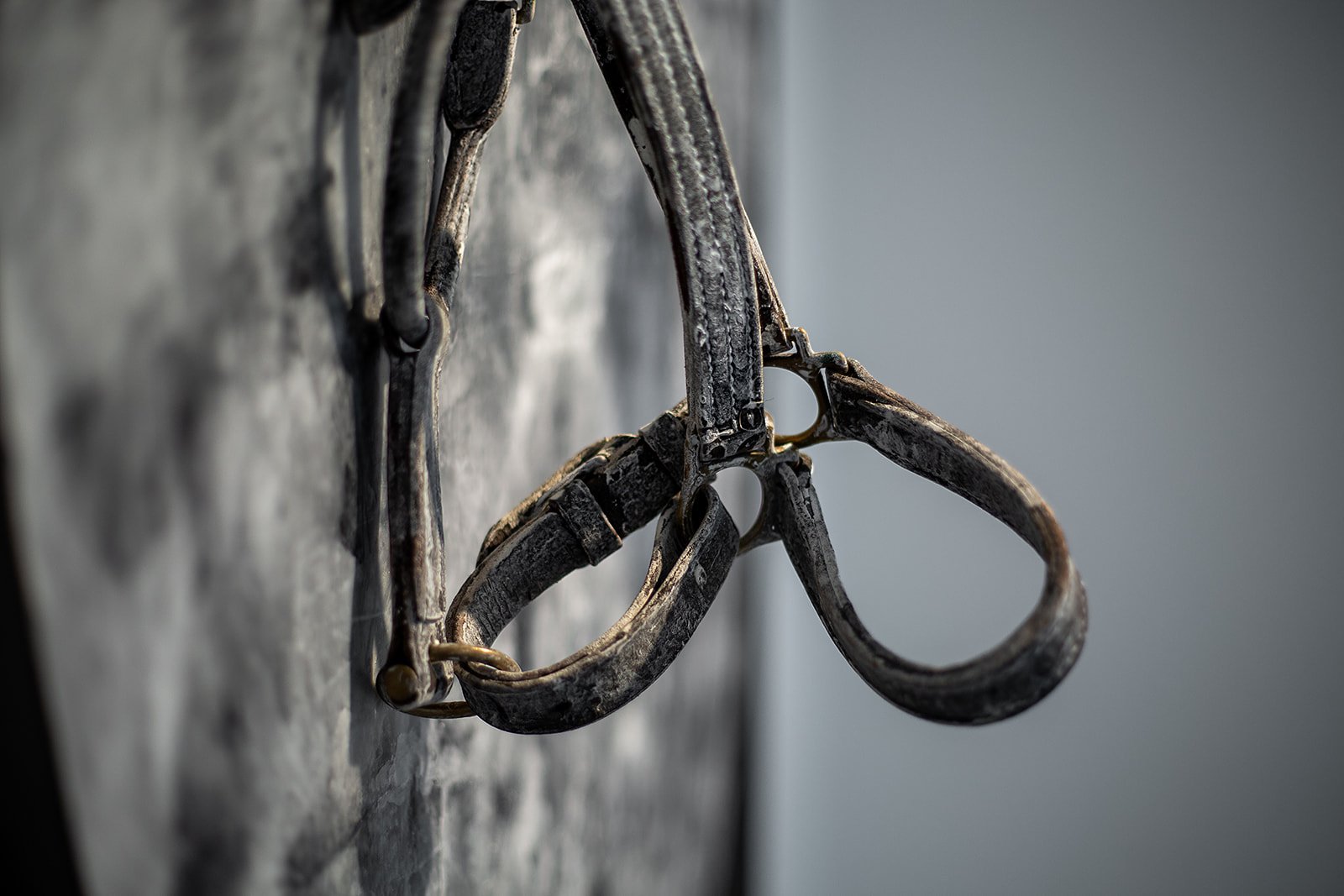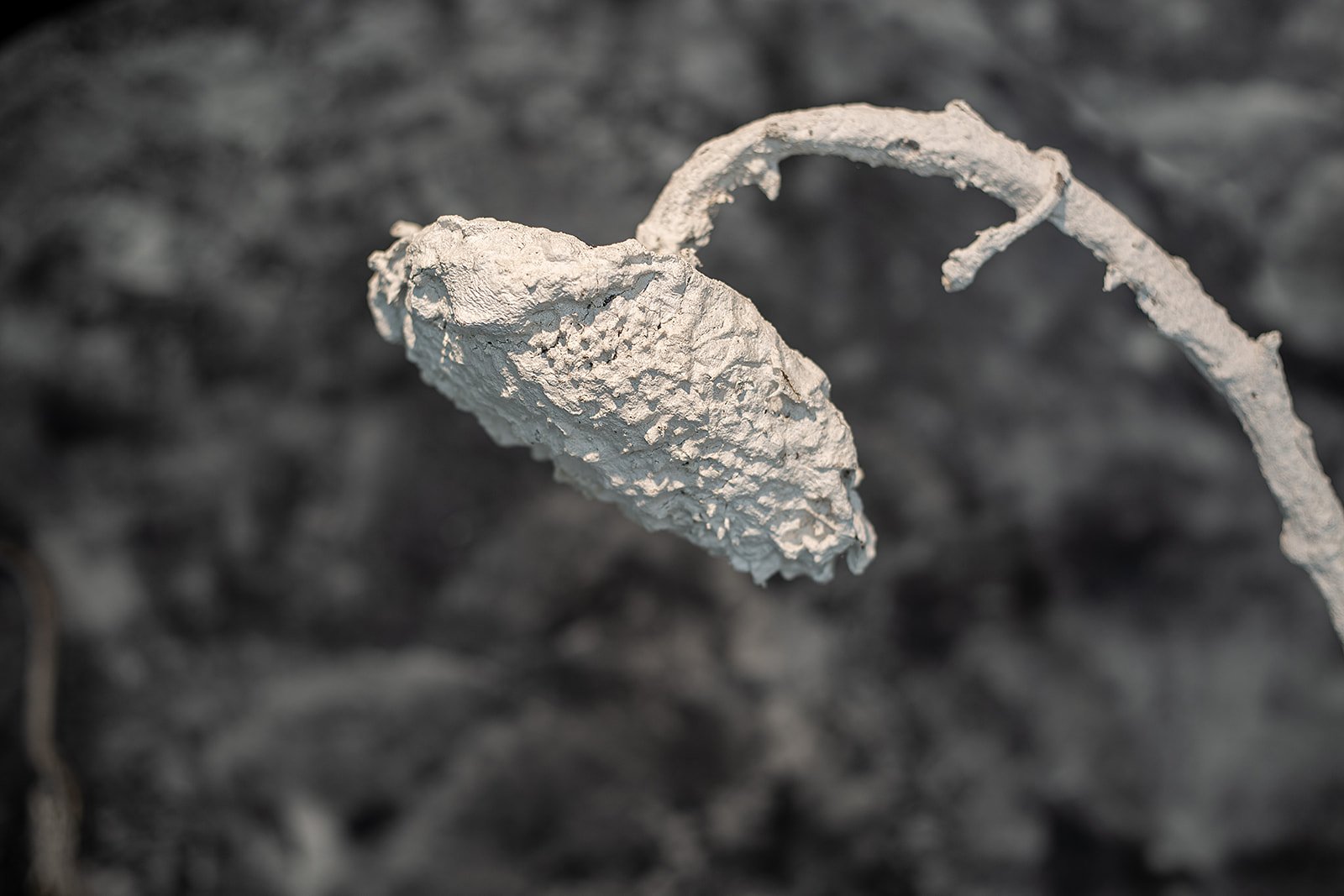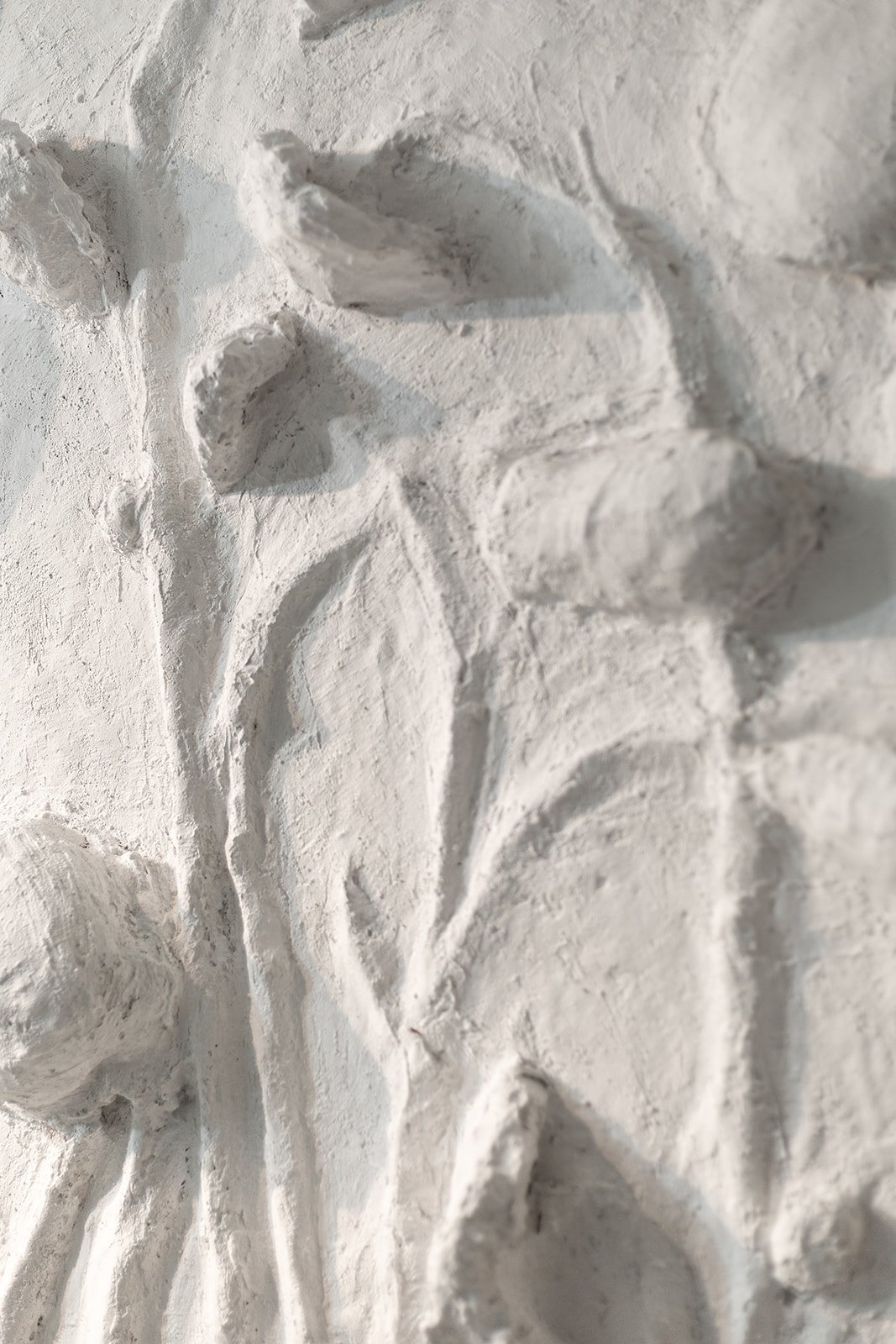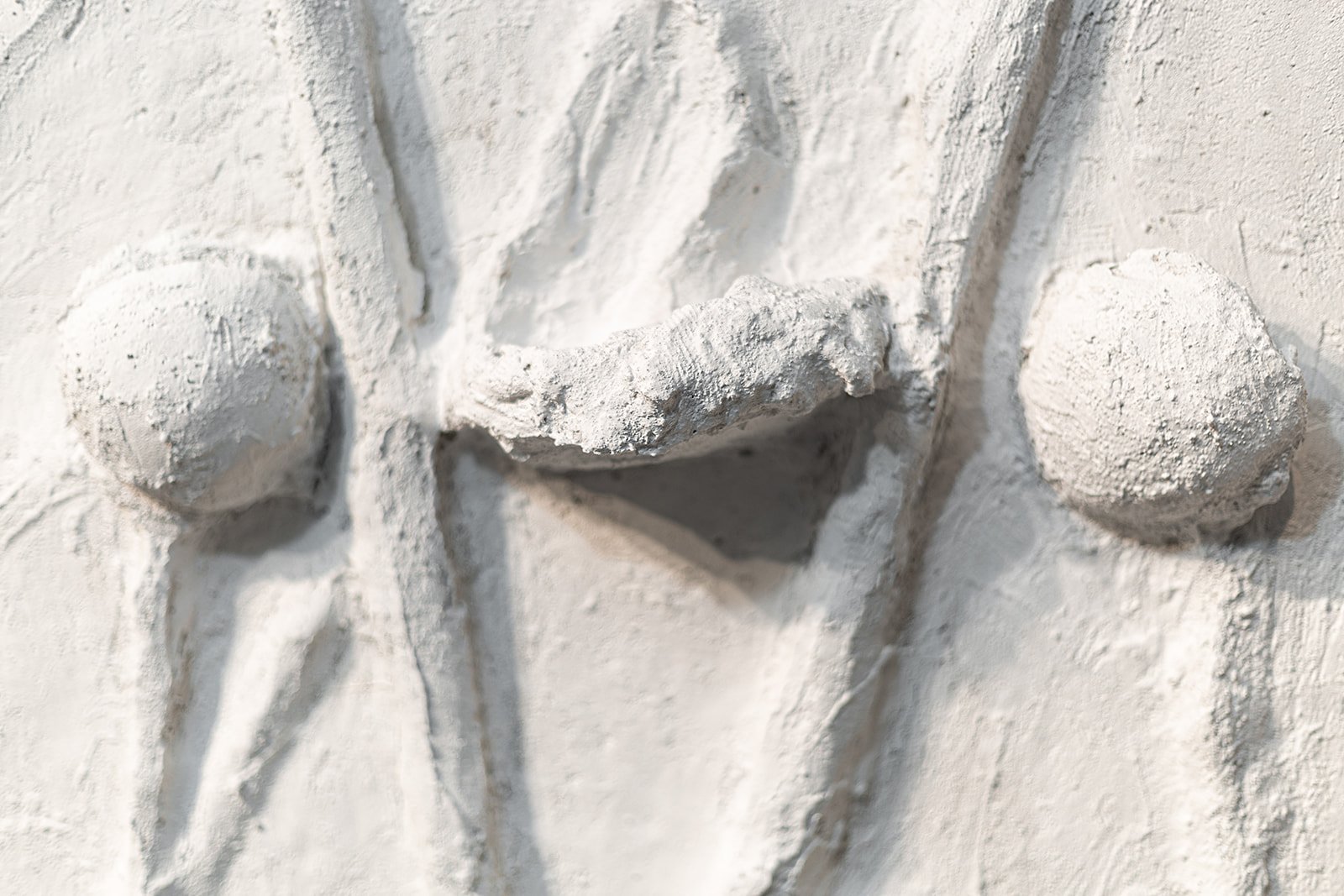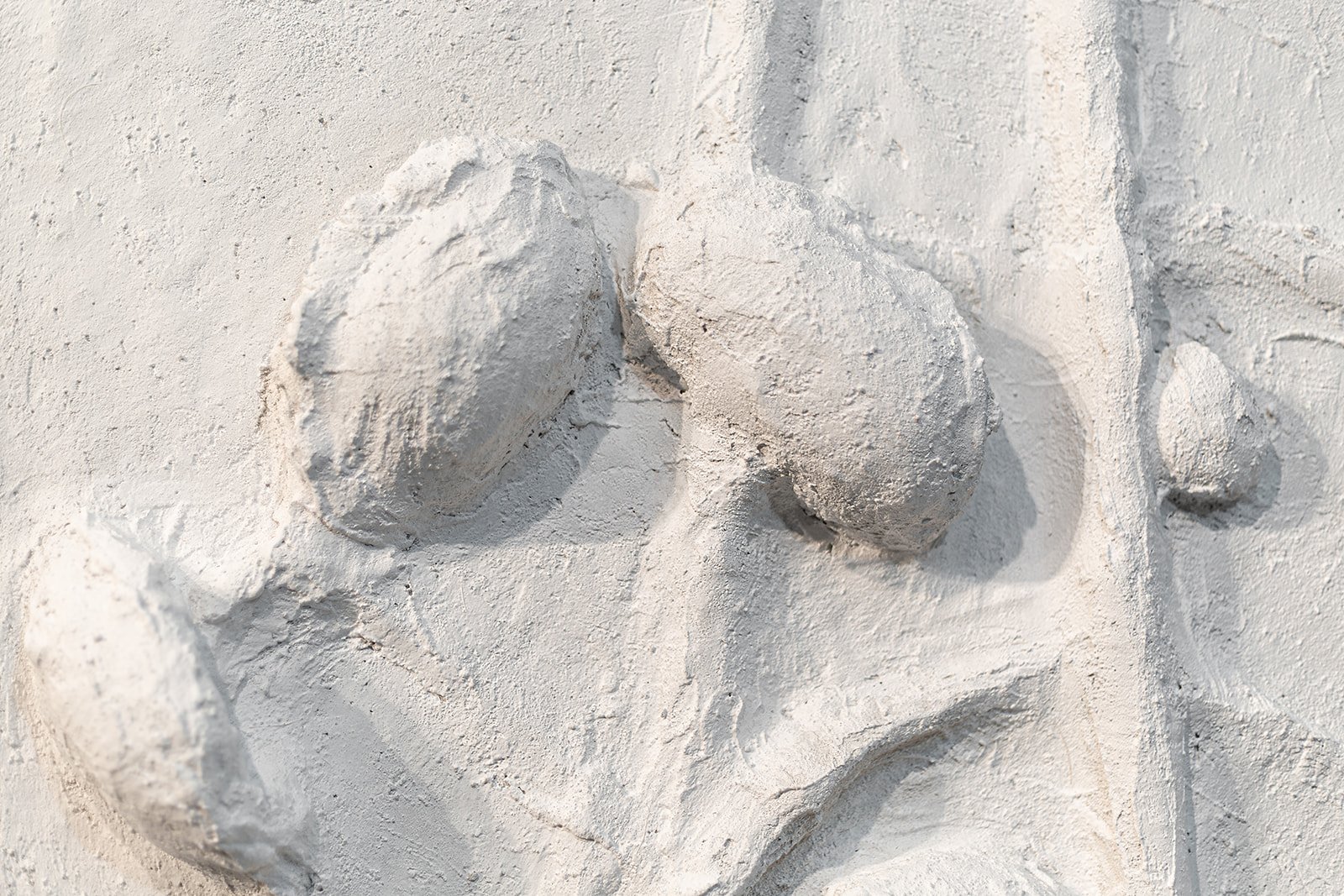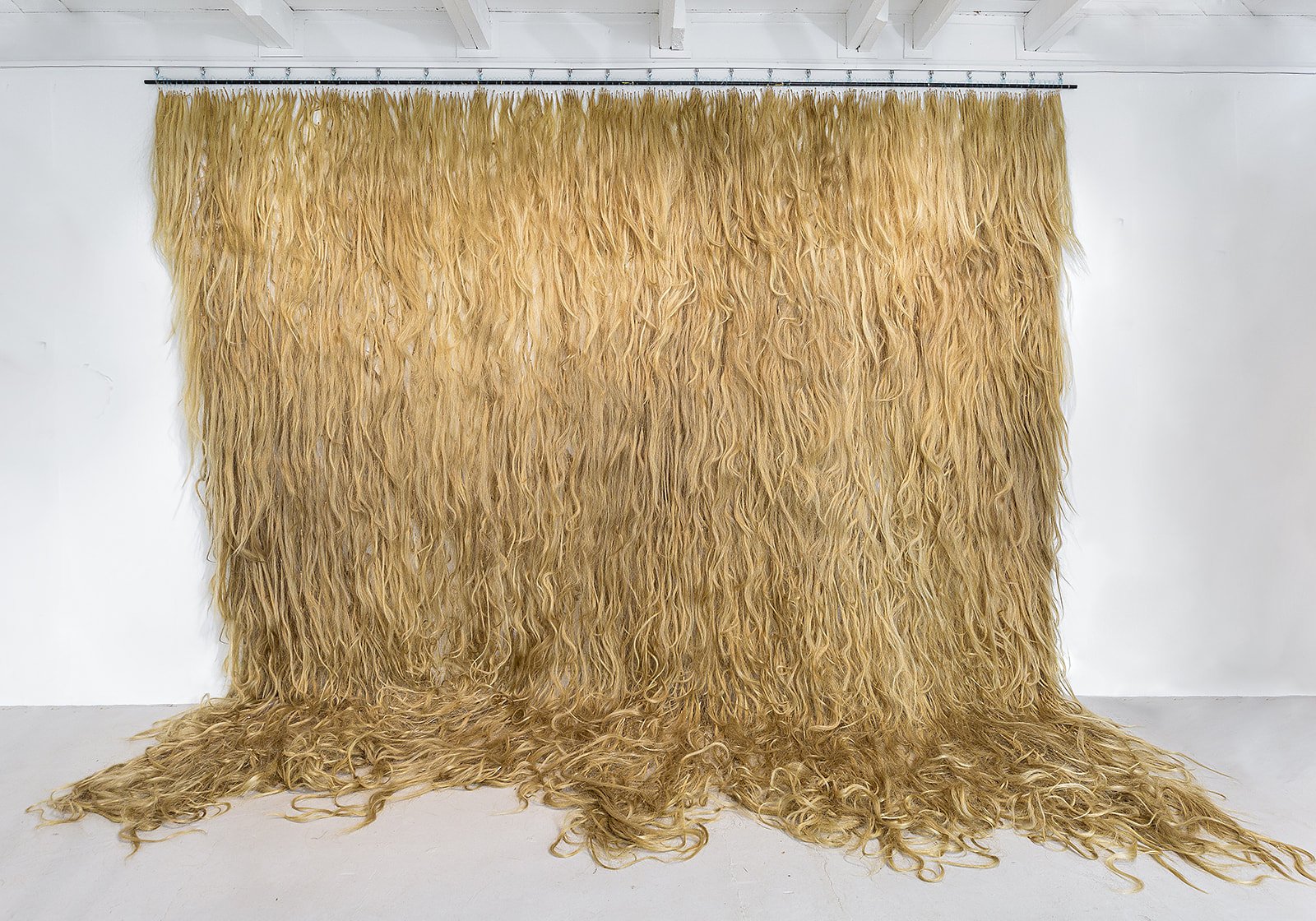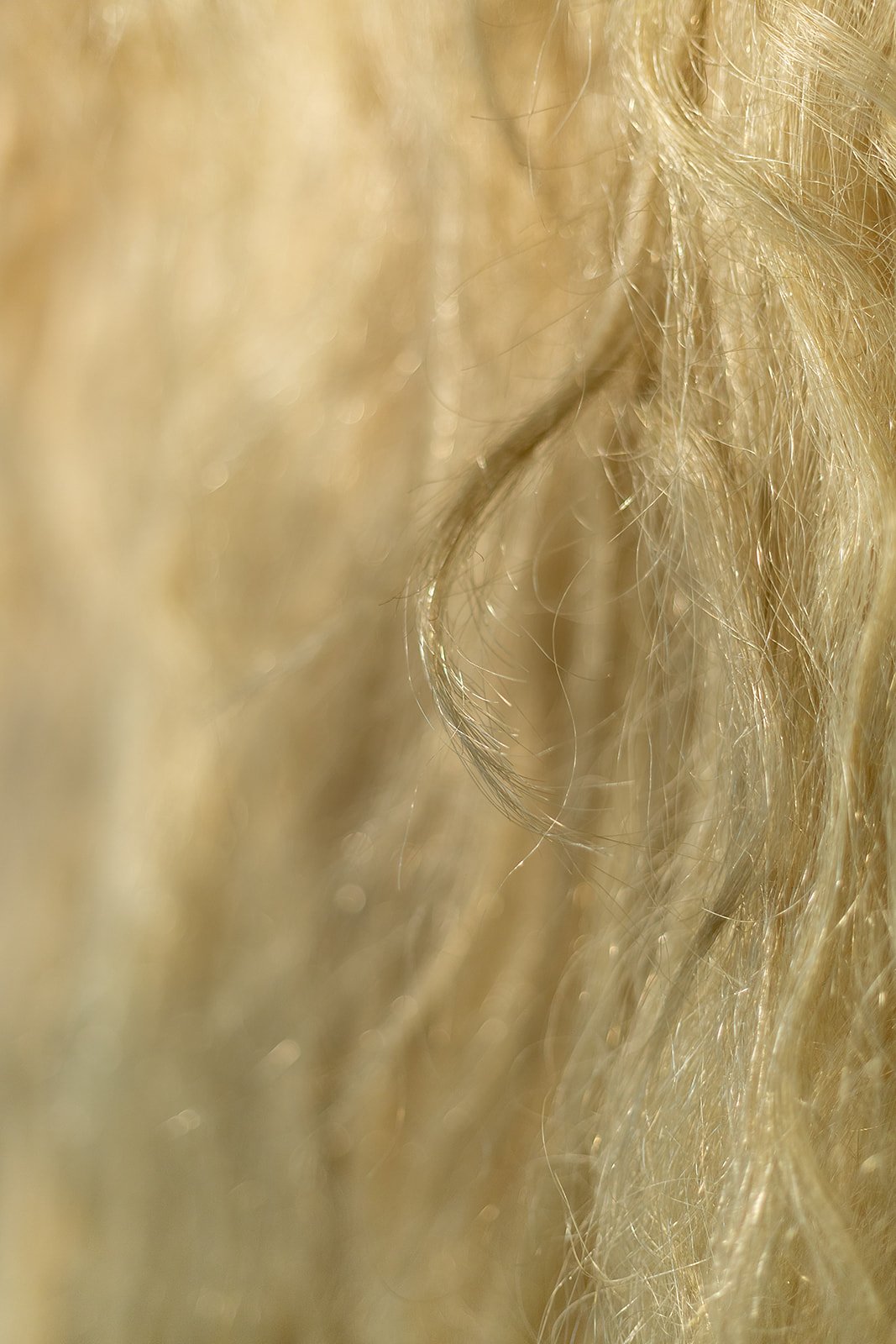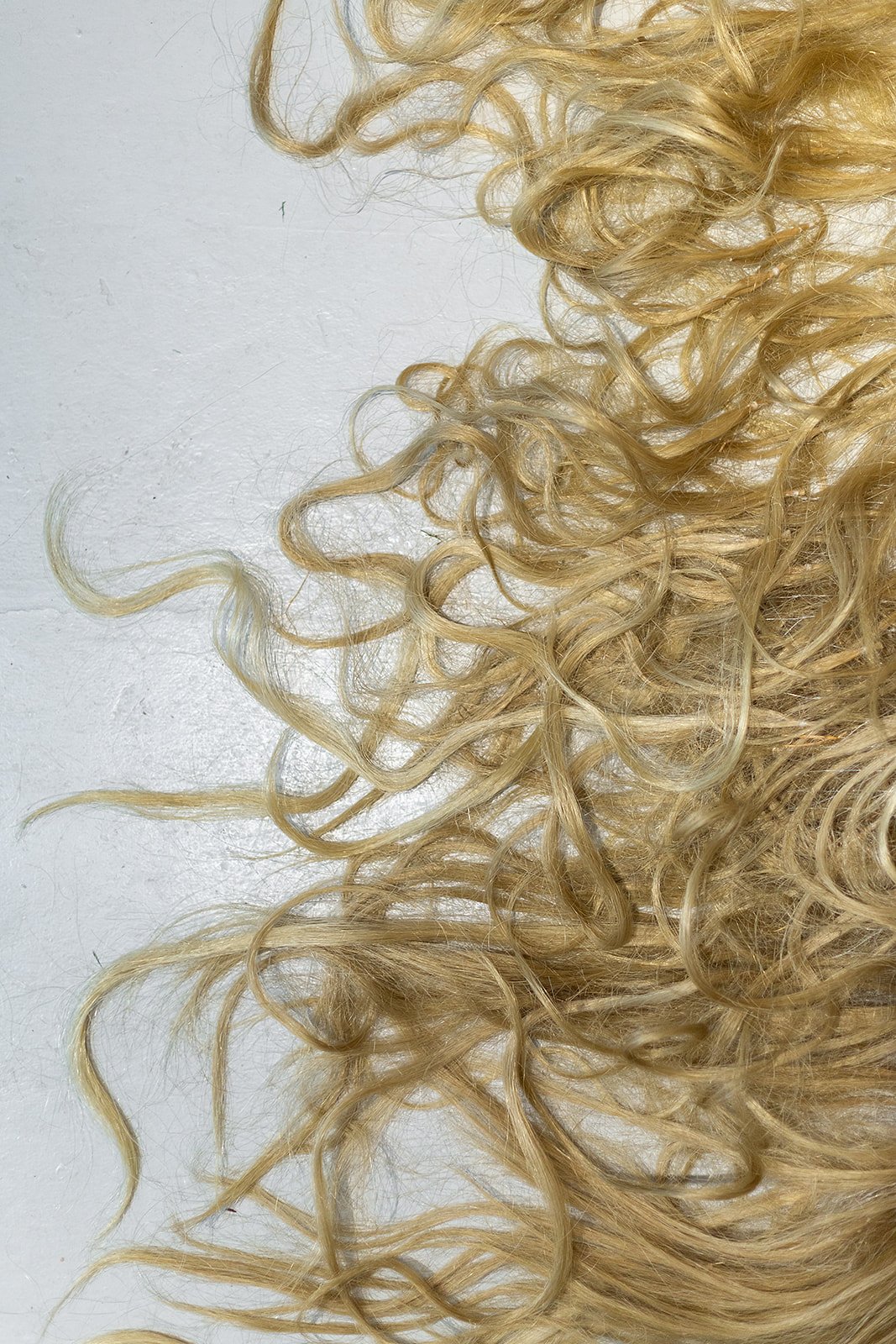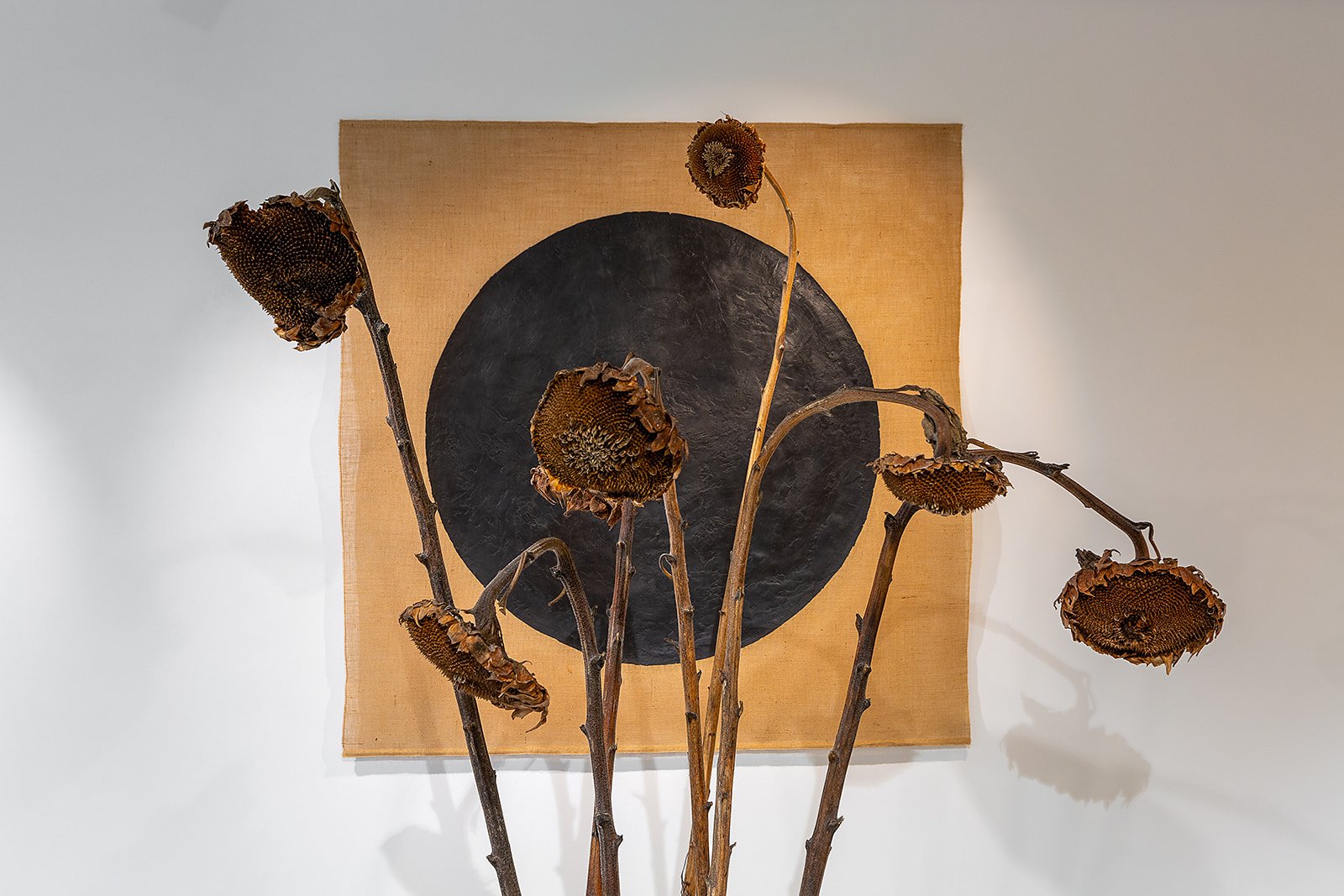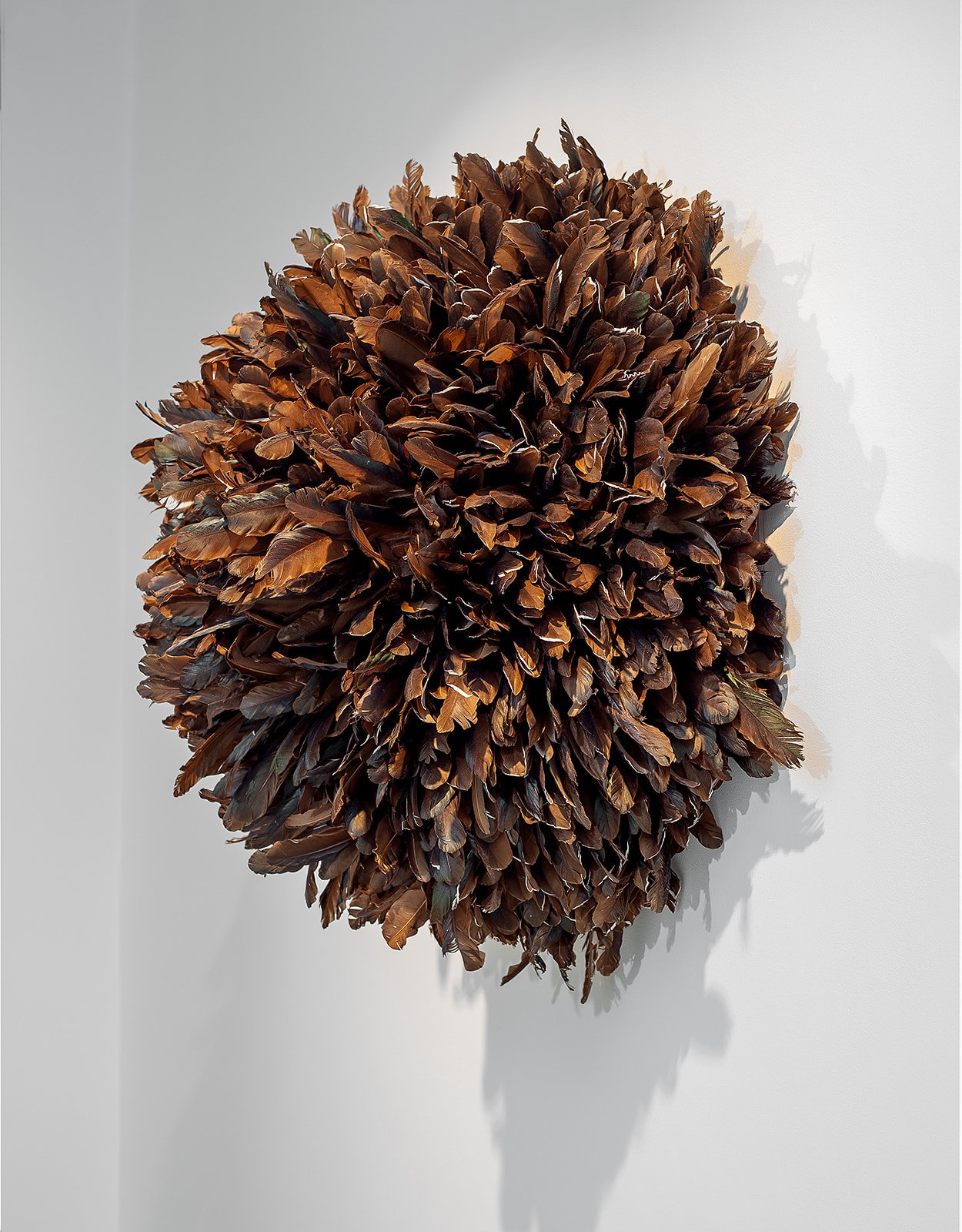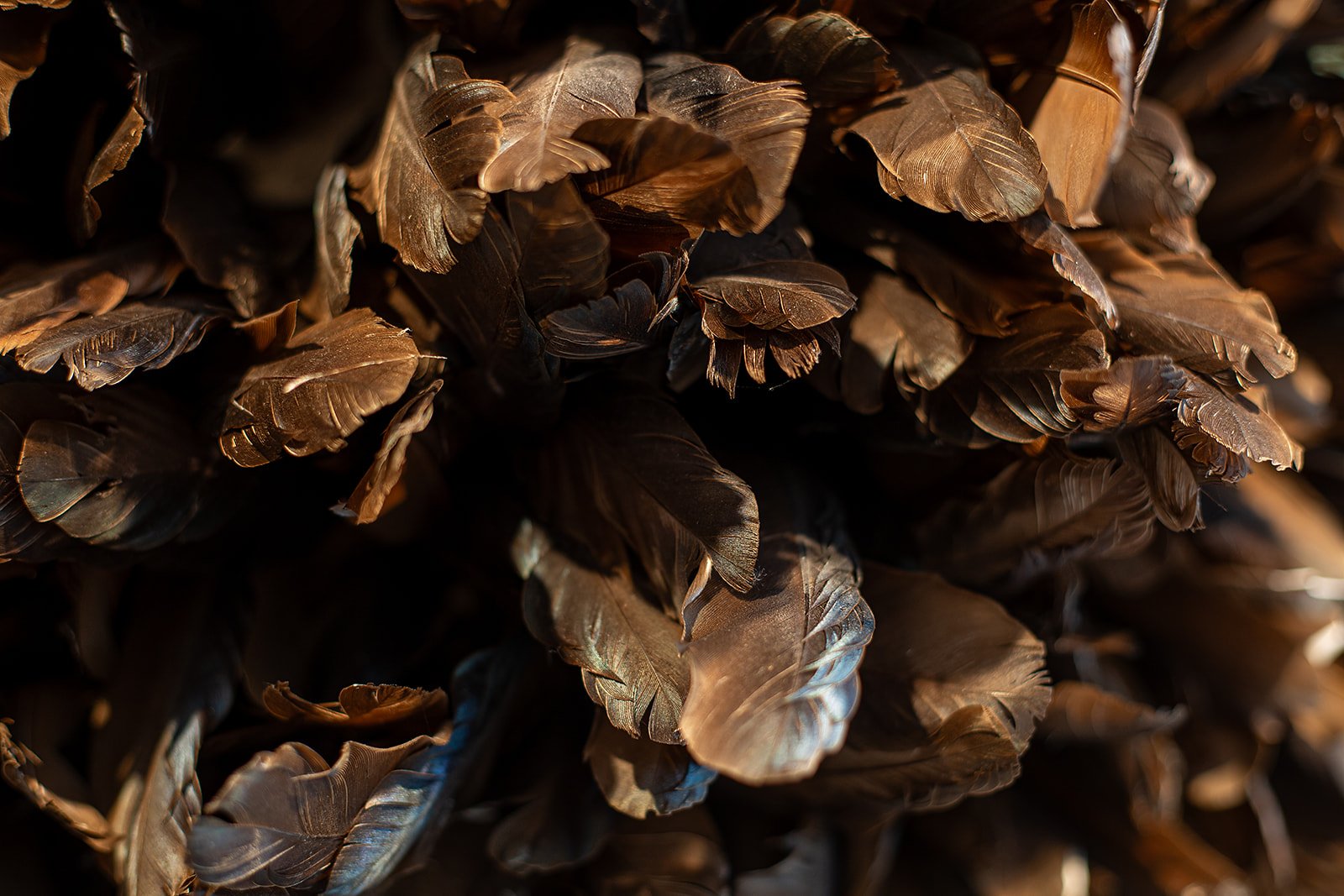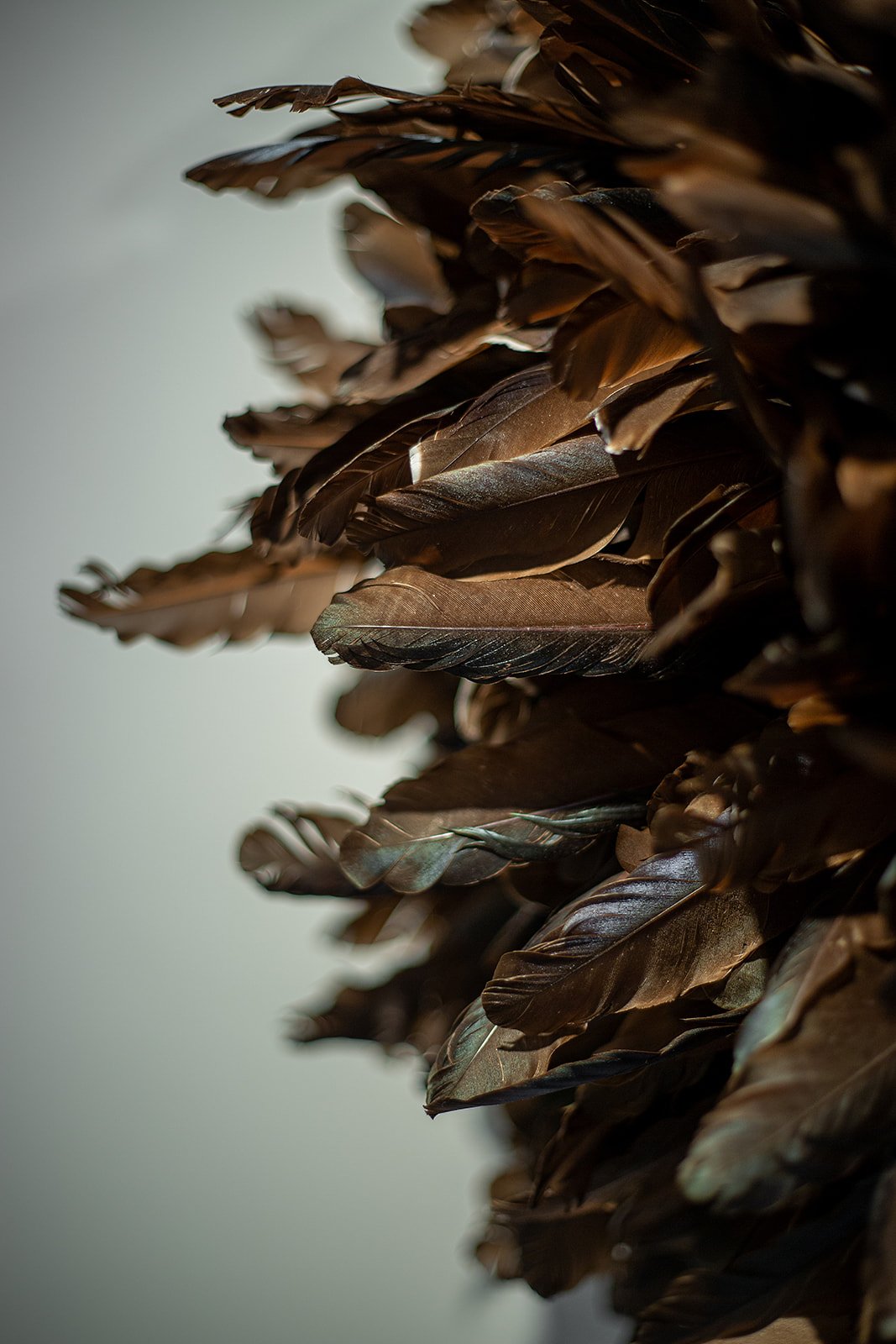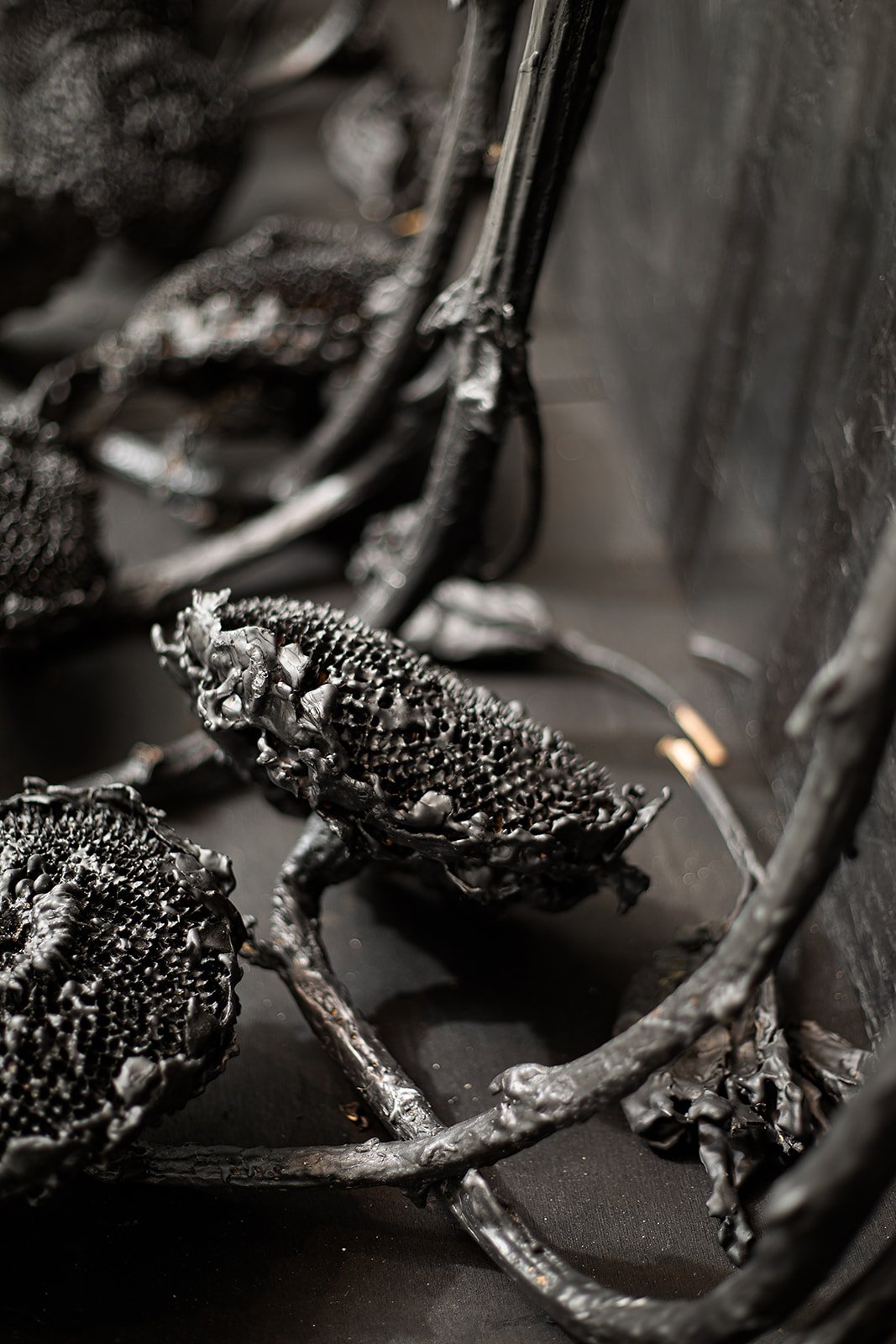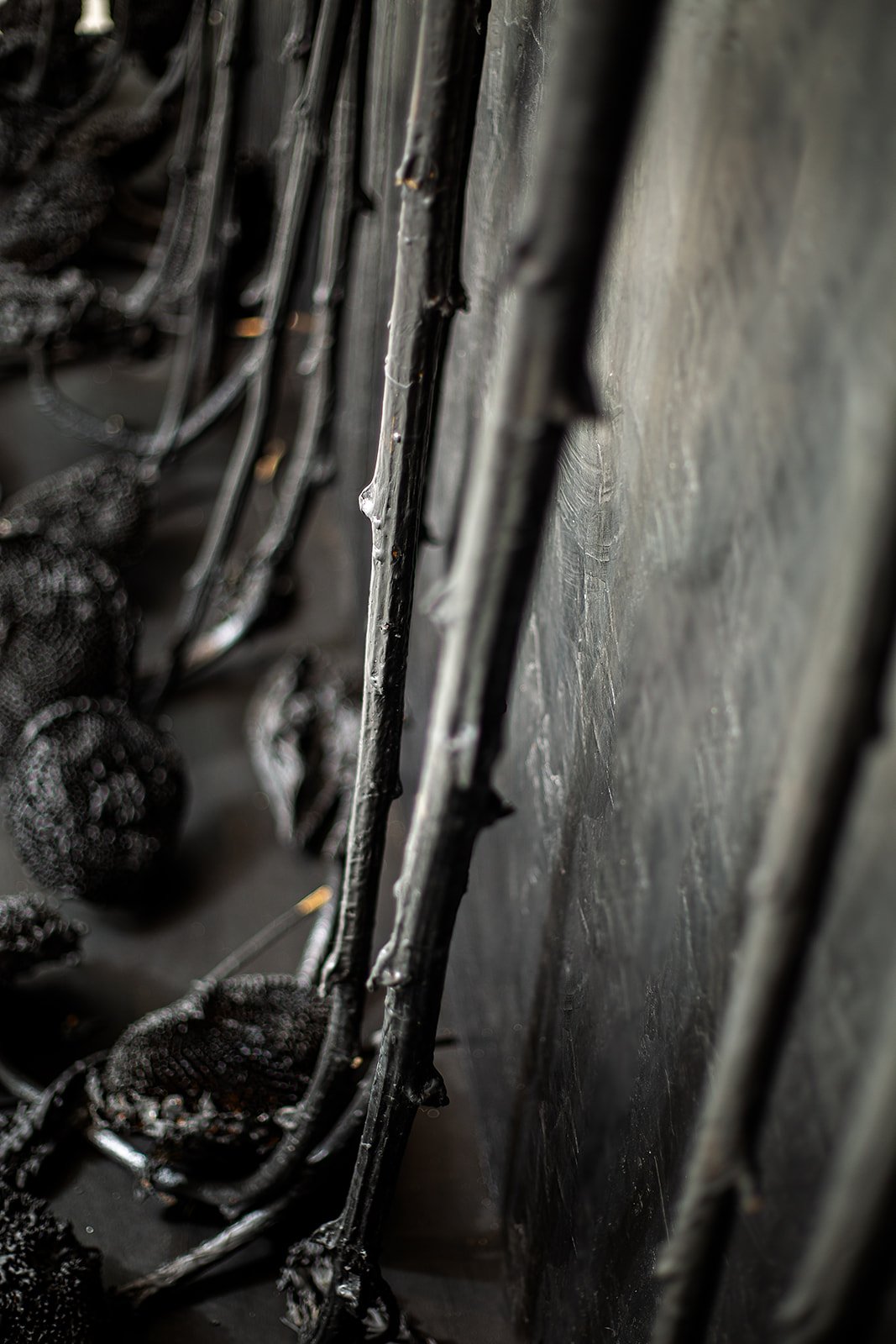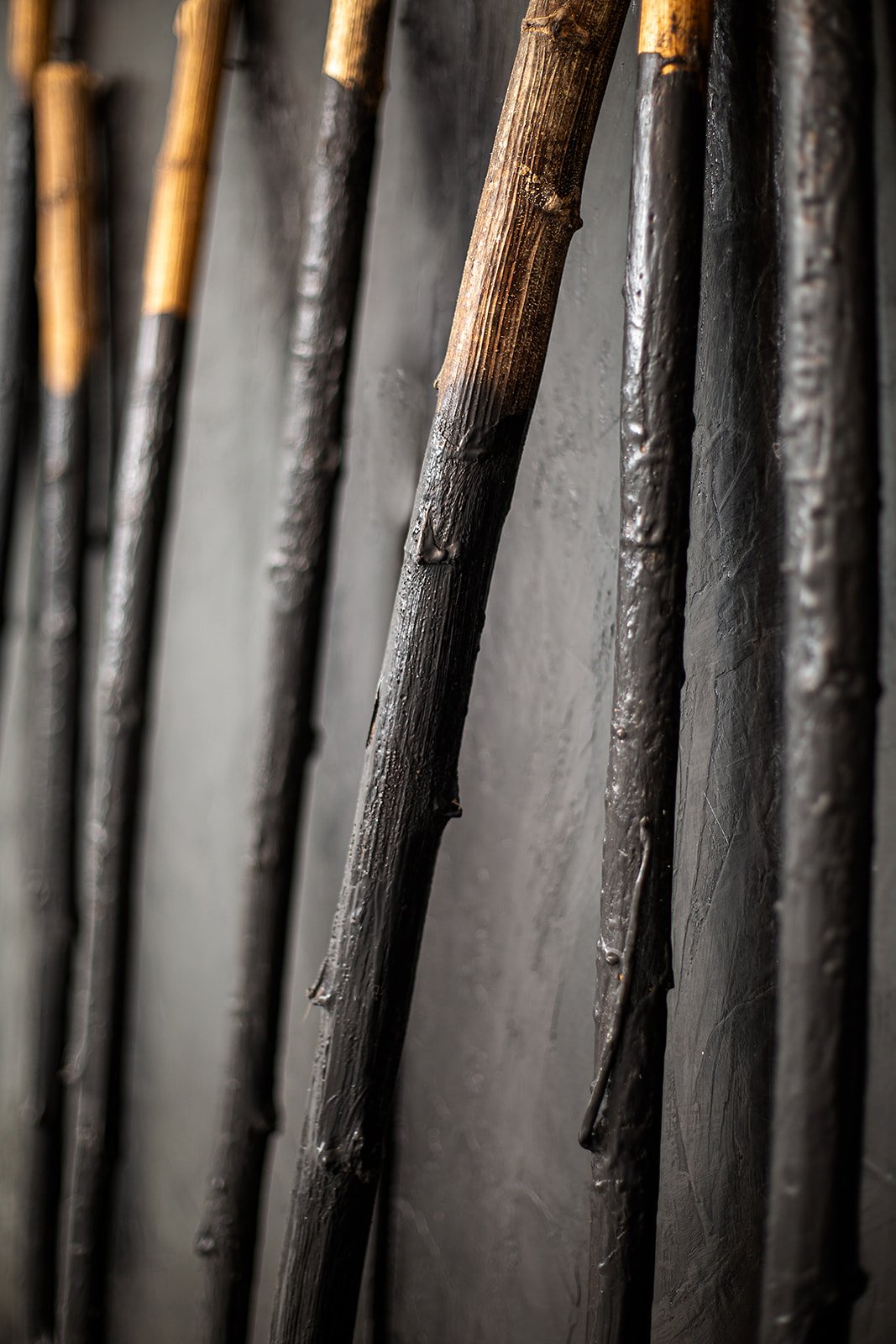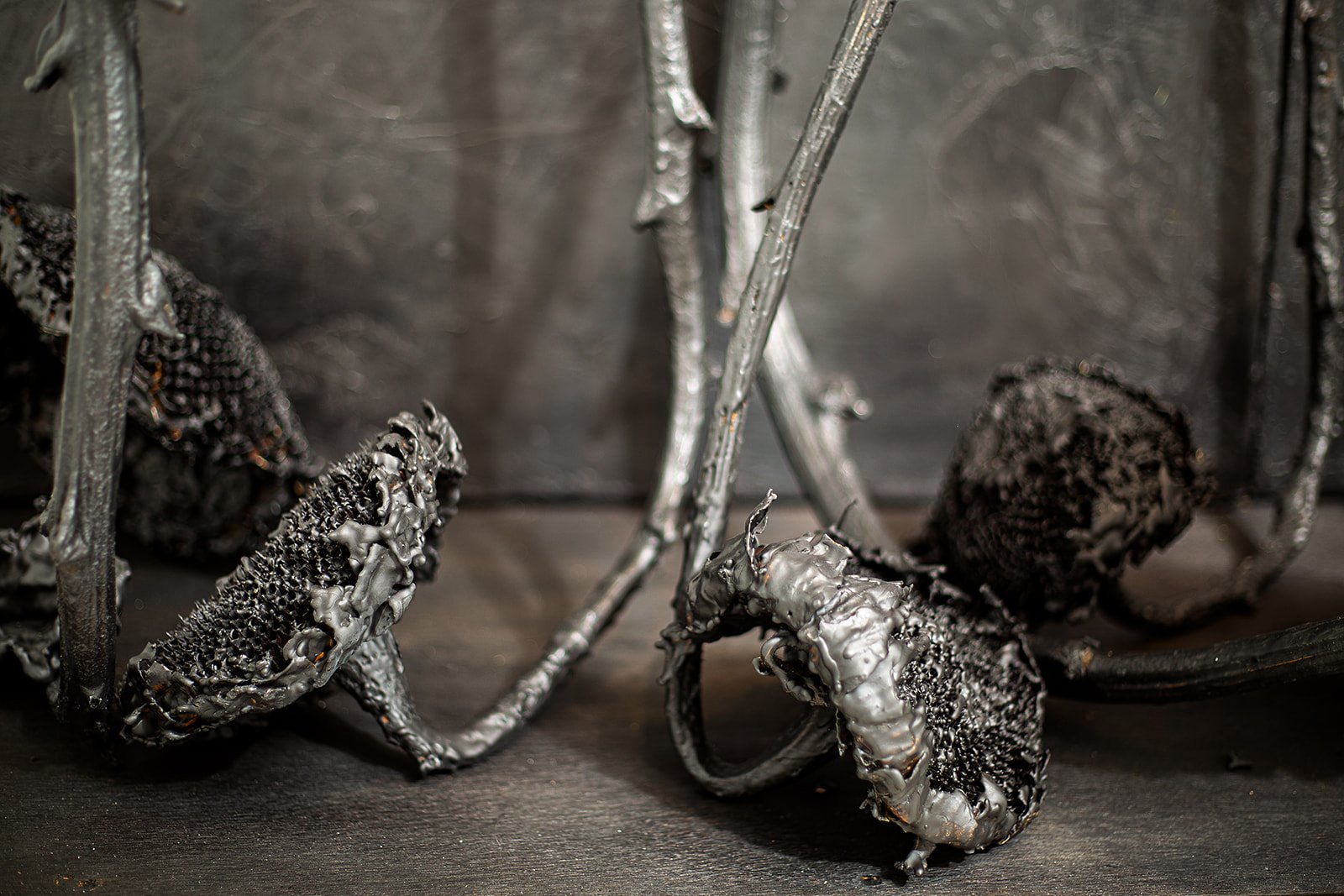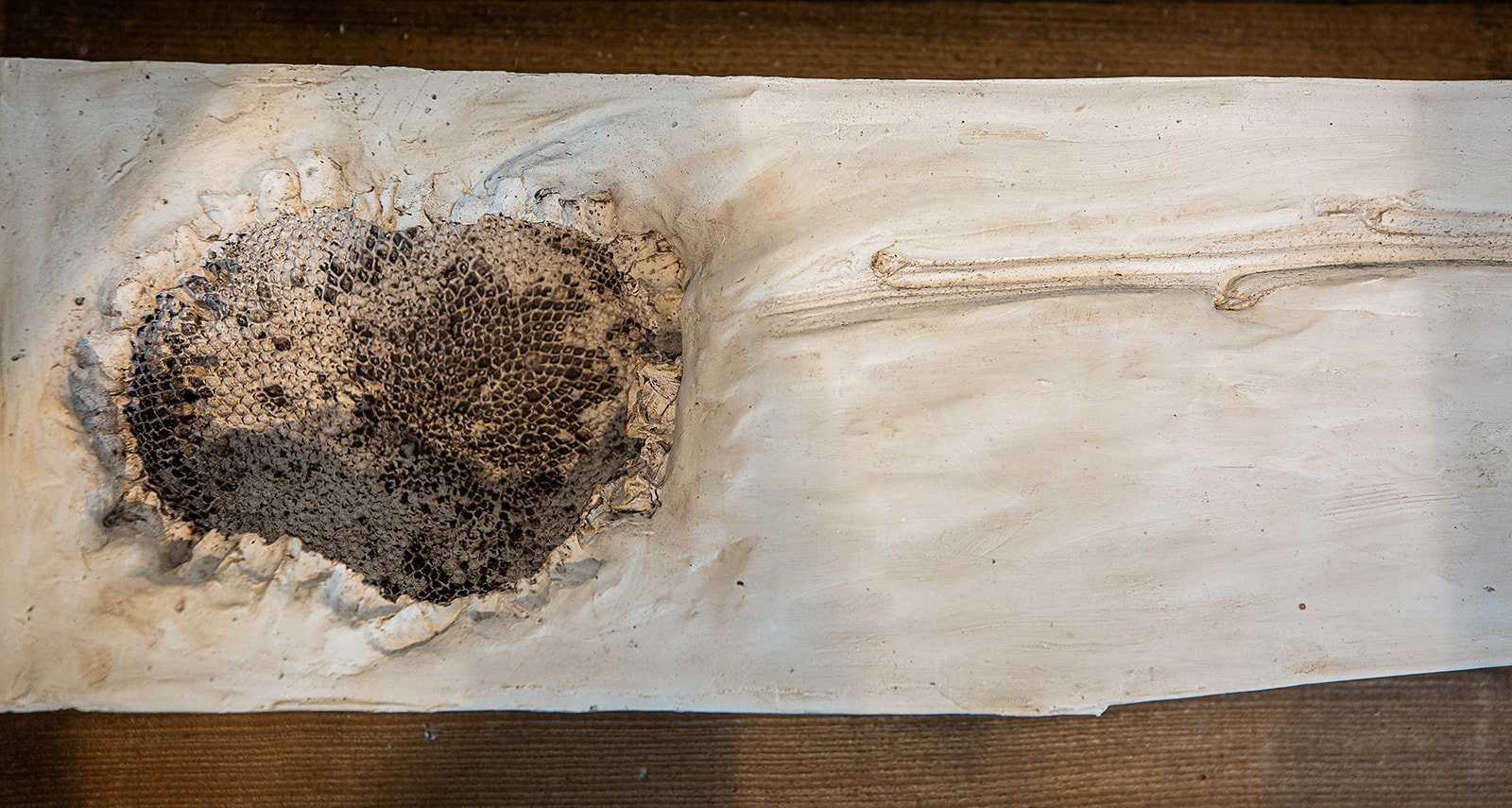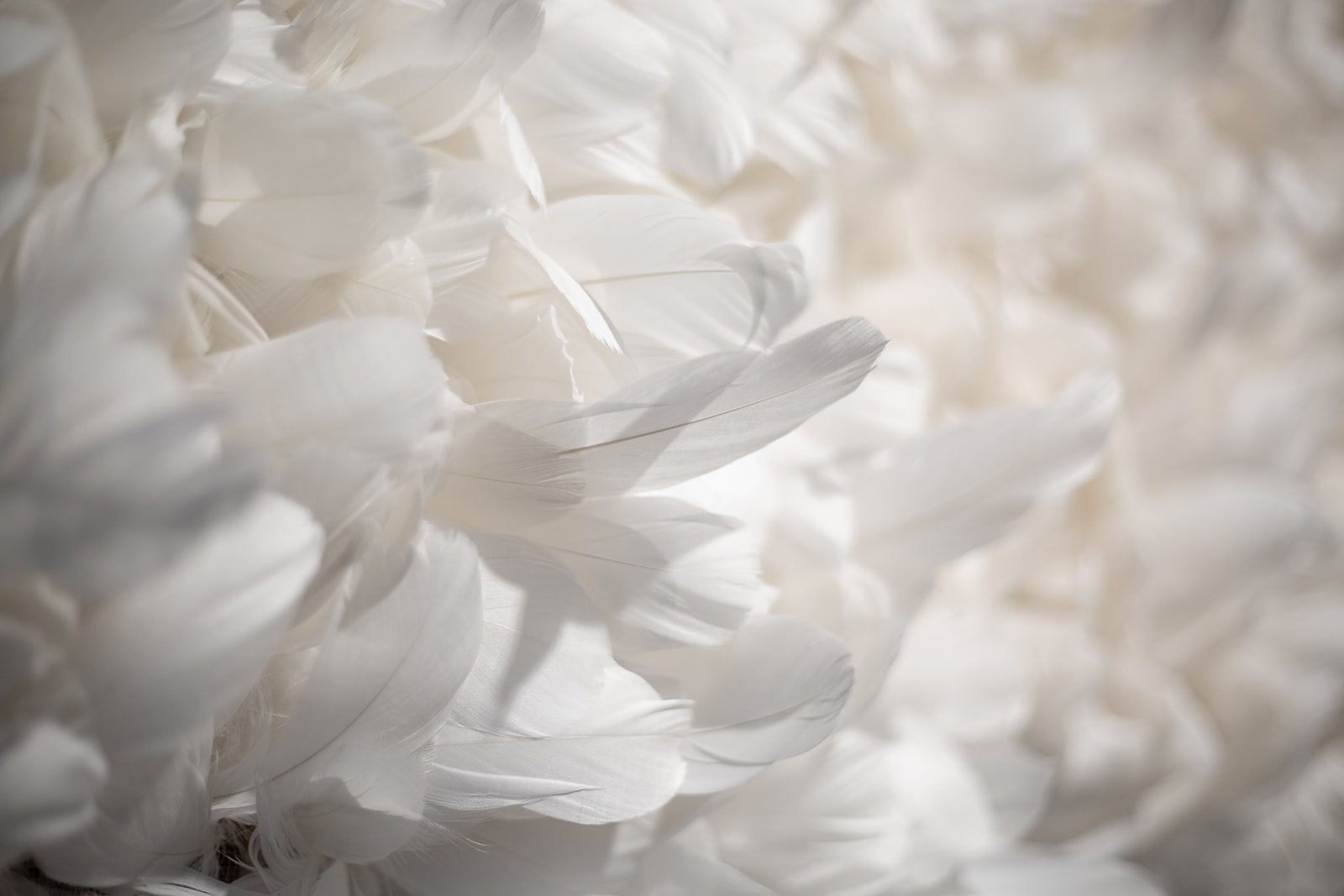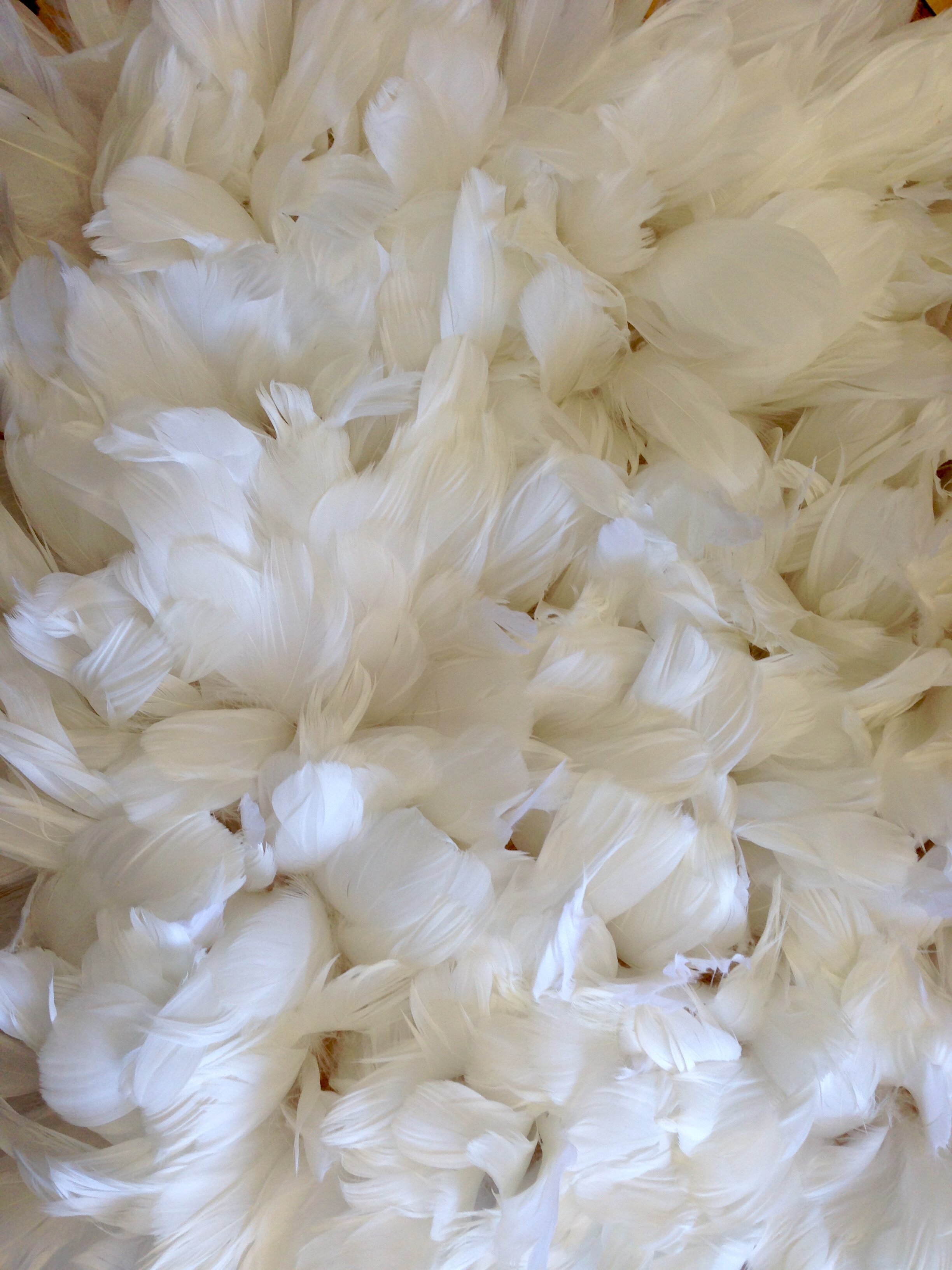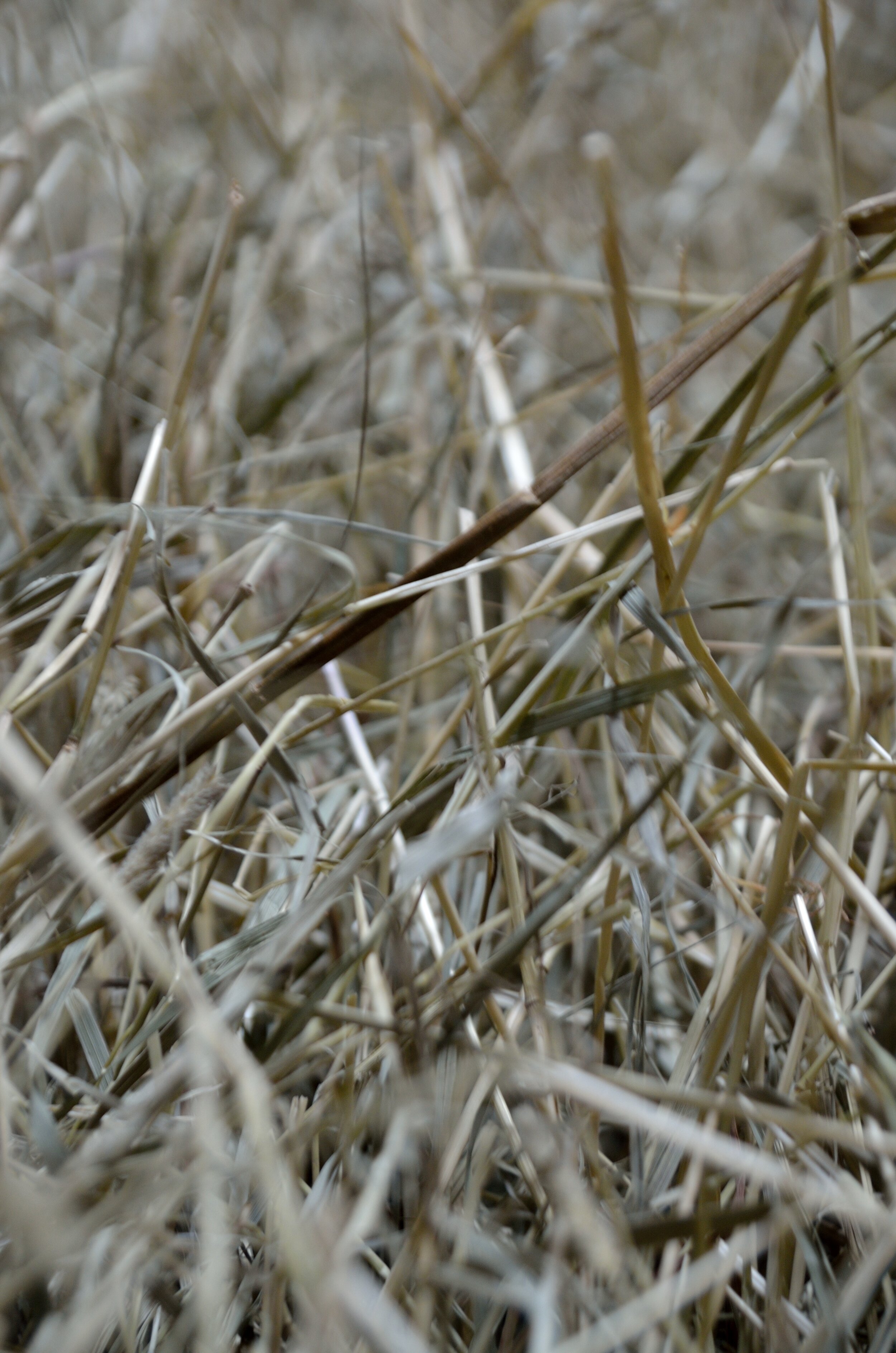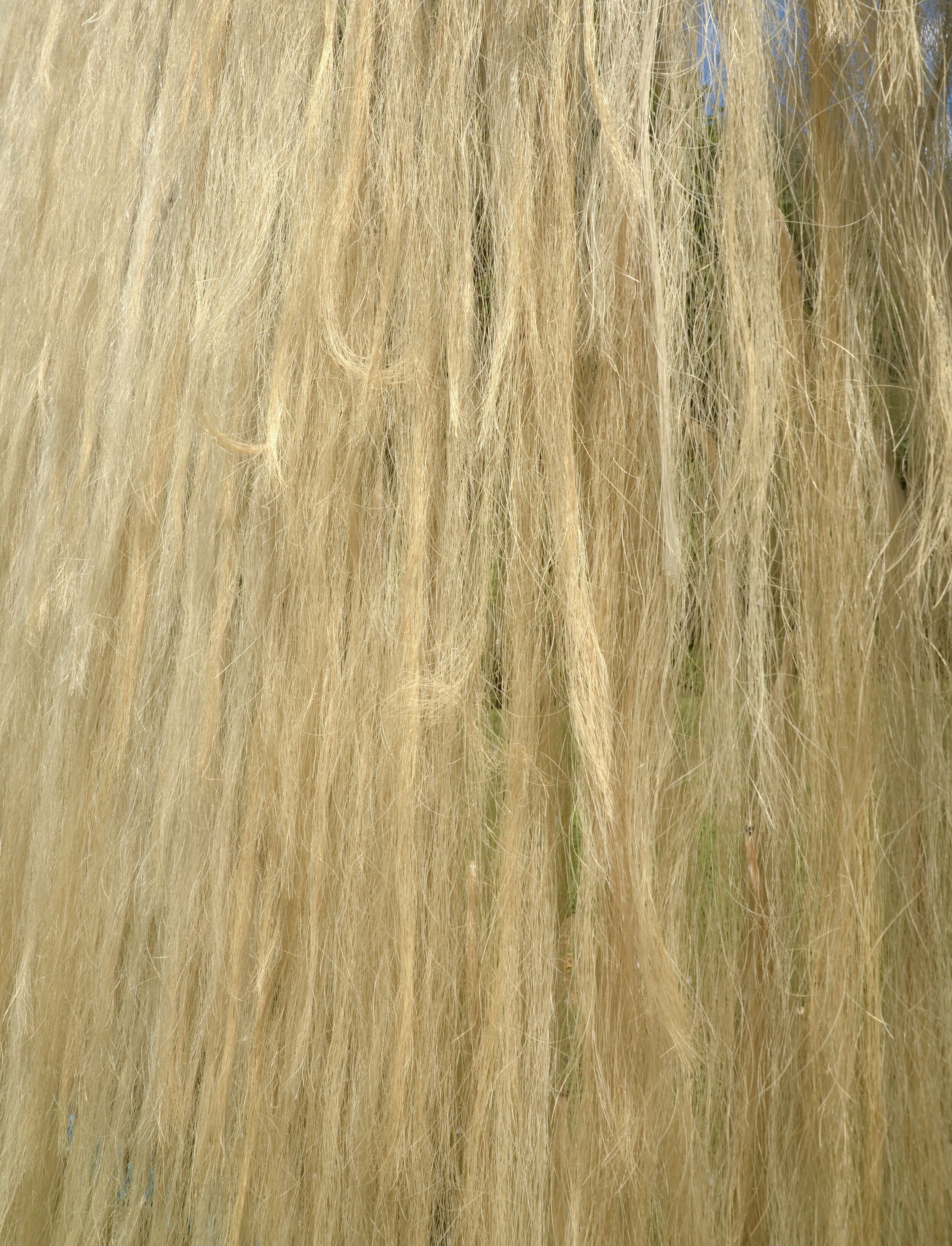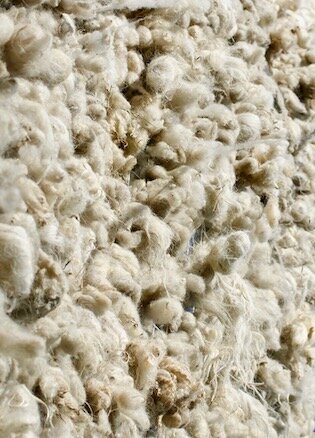indoor-environmental
The Nature of Memory
at Saint-Gaudens Memorial 2023
Cornish, New Hampshire
In Repose, sunflowers, beeswax, graphite, wood, canvas, 12’x6’x2’, 2023.
Meadow Stone, sunflowers, limestone, steel, panels, 148”x84”x10”, 2023
How can a memorial mark the passing of an ecosystem?
How do we memorialize a global event, such as climate change, that continues and seemingly has no end?
Nancy Winship Milliken is an environmental artist who defines her work as contemporary pastoralism. As her questions above attest, Winship Milliken is inspired by our age-old relationship to nature as a way to consider present ecological concerns. With The Nature of Memory the artist turns from working with outdoor sculpture to bring the “outside inside.” Winship Milliken responds to the human-centric memorials of sculptor Augustus Saint-Gaudens (1848-1907) with nature-centric memorials that celebrate nature and challenge us to protect it. Objects and forms from the landscape, from the everyday world at Saint-Gaudens’s home, and from his artwork, are connected through Winship Milliken’s aesthetic and thematic explorations.
In this exhibition, Winship Milliken leads visitors through the natural, built, and artistic environments at the Saint-Gaudens National Historical Park by employing visual and symbolic references. Focusing in particular on Saint-Gaudens’s Robert Gould Shaw and the 54th Massachusetts Regiment Memorial, with the recast of the Boston Common original that is located on park grounds, Winship Milliken makes visual and conceptual connections to the cultural, geological, and natural histories of place. The passage of time is represented by the geologic limestone casts of field flowers and the moon forms remind us that the soldiers saw the same moon that we see today. The horsehair used refers both to the horses and stables on Saint-Gaudens’s property, as well as the horses depicted in several of the artist’s civic memorials.
All photos by Lindsay Raymondjack
Public memorials can evoke personal emotions. Through the lens of time we bring to the art our personal histories.
This exhibition, while referencing Saint-Gaudens’ work, is a memorial to the textures and sounds of the fields of my youth. The cello bow sized horse hair bundles in Pasture Song offer the songs of the crickets in late summer. In The Memory of Nature, the textures of heavy headed field plants nodding in the breezes, are now encased in limestone, like a coral reef, if the seas rose to the point of turning our fields into ocean.
In the imagery of the moon, we see the ultimate time keeper of months, seasons and years, a constant in our collective lives all over the world. Lying on my back in fields the moon would provide a backdrop for the silhouette of plants (Sunflower Moon), or geese flying by (Feather Moon).
I want to thank the Saint-Gaudens National Historical Park for the generous loan of the plaster horse head and silicone rifle mold from the collection of Augustus Saint-Gaudens’ work. These two historical items are important to the theme and content of the exhibition.



